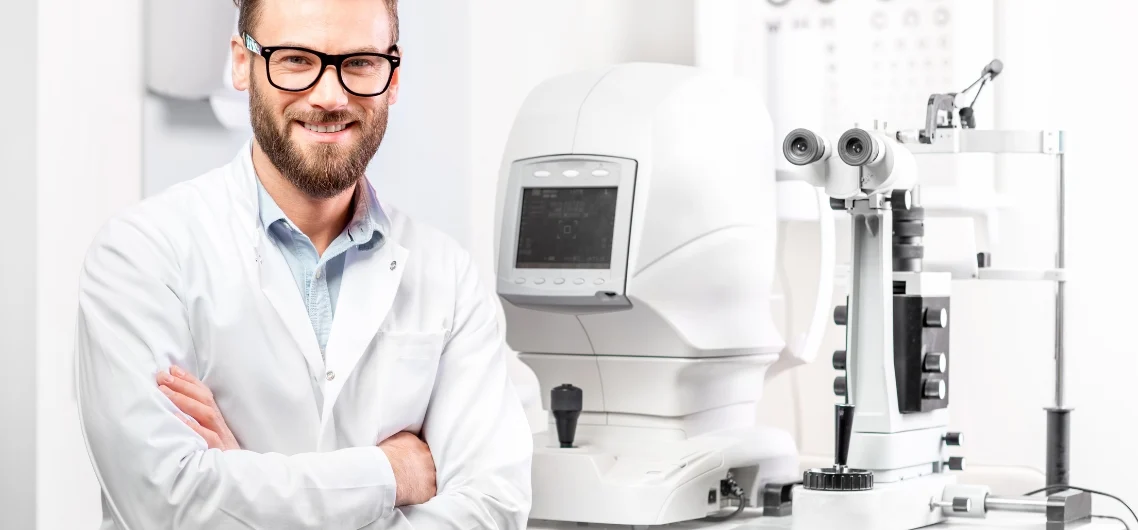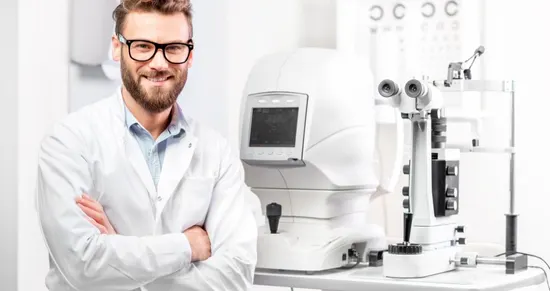The Medical Device Single Audit Program (MDSAP) is a collaborative initiative established by several key regulatory authorities to create a unified, efficient, and globally recognised audit process for medical device manufacturers. At its core, MDSAP aims to reduce duplication in compliance audits by allowing a single, well-structured audit to satisfy the requirements of multiple jurisdictions.
This approach not only minimises the regulatory burden on manufacturers but also facilitates consistent oversight, promotes harmonisation of standards, and ensures that medical devices meet high-quality and safety benchmarks worldwide.
The program’s framework is thoroughly outlined in the MDSAP Audit Approach document, with the latest version—MDSAP AU P0002.009—serving as the most comprehensive and up-to-date reference. This version consolidates previous guidance, offering clear and detailed instructions for both auditors and manufacturers on how to effectively plan, execute, and assess an MDSAP audit.
Why MDSAP Matters for the Medical Device Industry
In an increasingly globalised healthcare market, manufacturers often aim to sell their devices in multiple countries, each with its own set of regulatory requirements. Traditionally, this meant undergoing separate audits for each jurisdiction—a process that was not only time-consuming but also resource-intensive.
By integrating the principles of ISO 13485:2016 with additional specific requirements from member countries, MDSAP offers a solution to this challenge. Participating regulatory authorities include:
- Therapeutic Goods Administration (TGA) – Australia
- Agência Nacional de Vigilância Sanitária (ANVISA) – Brazil
- Health Canada – Canada
- Pharmaceuticals and Medical Devices Agency (PMDA) and Ministry of Health, Labour and Welfare (MHLW) – Japan
- U.S. Food and Drug Administration (FDA) – United States
The unified audit process ensures thorough and consistent evaluation while reducing redundancy, thereby helping manufacturers save time, cut costs, and focus more on innovation and product improvement.
Core Framework of the MDSAP Audit Approach
The MDSAP Audit Approach is designed to ensure that a single audit provides complete coverage of all relevant regulatory requirements across participating countries. The audit is organised into a series of interrelated tasks grouped into primary processes and supporting processes, each with clearly defined purposes and expected outcomes.
Primary Processes
The primary processes represent the backbone of the quality management system (QMS) assessment under MDSAP. These processes ensure that the organisation’s structure, operations, and output align with regulatory expectations.
- Management: This process evaluates the role of top management in establishing, implementing, and maintaining an effective QMS. Auditors assess whether management has:
- Established clear quality policies and objectives.
- Allocated adequate resources for QMS implementation.
- Implemented effective review mechanisms to monitor performance.
A strong management commitment often serves as the foundation for a compliant and high-performing QMS. Inadequate leadership engagement can lead to systemic quality failures.
- Measurement, Analysis, and Improvement: This process focuses on the organisation’s ability to:
- Monitor and measure its operations.
- Analyse data to detect trends, risks, or nonconformities.
- Implement corrective and preventive actions (CAPA) to address identified issues.
Effective data-driven decision-making ensures continuous improvement, boosts product quality, and enhances customer satisfaction.
- Design and Development: The design process is reviewed to ensure that:
- Inputs (user needs, regulatory requirements, risk considerations) are accurately captured.
- Outputs (design specifications, prototypes, technical files) meet the defined inputs.
- Changes to the design are controlled and documented.
The objective is to ensure that the final device is safe, effective, and compliant before market release.
- Production and Service Controls: This process examines the operational side of manufacturing and service provision. Auditors verify:
- Process validation for critical manufacturing steps.
- Maintenance of cleanliness and contamination control.
- Proper execution of installation and servicing activities.
Consistent control over production safeguards against defects and ensures reliable device performance.
Supporting Processes
If your device was previously approved under MDD/AIMDD, MDCG 2020‑6 compels you to substantiate its continued safety and performance under MDR standards, and even post‑market evidence must be re‑evaluated.
Integration with Clinical Evaluation Planning
Supporting processes complement the primary processes, providing additional assurance that the QMS covers all regulatory requirements.
- Purchasing: The procurement function is evaluated to ensure that purchased materials, components, and services meet specified quality and regulatory requirements. This includes:
- Supplier qualification and monitoring.
- Clear communication of requirements to suppliers.
- Verification activities before product acceptance.
- Device Marketing Authorisation and Facility Registration: This process verifies compliance with local requirements for marketing devices and registering manufacturing facilities. Without proper authorisation and registration, even a high-quality product may not be legally marketed in certain regions.
- Medical Device Adverse Events and Advisory Notices Reporting: This covers the manufacturer’s processes for:
- Reporting adverse events to the relevant regulatory authority.
- Issuing advisory notices such as recalls, safety alerts, or field corrections.
Timely reporting and transparent communication are critical for maintaining public trust and regulatory compliance.
Audit Sequence and Logical Flow
The MDSAP audit follows a logical sequence that ensures all aspects of the QMS are assessed thoroughly:
- Start with Management – to understand the overall QMS structure and priorities.
- Move to Measurement, Analysis, and Improvement – to verify performance monitoring and problem resolution.
- Proceed to Design and Development – ensuring products are developed in a controlled manner.
- Assess Production and Service Controls – confirming manufacturing and servicing are reliable and validated.
- Review Purchasing in conjunction with relevant primary processes, ensuring supplier quality is consistent with overall QMS requirements.
This interconnected approach ensures that each process is not reviewed in isolation but in the context of the overall system.
Benefits of the MDSAP Approach
- Efficiency – A single audit reduces duplication, saving both time and resources.
- Consistency – Standardised requirements and methods minimise variations in audit outcomes.
- Market Access – Compliance with MDSAP can open doors to multiple high-value markets simultaneously.
- Risk Reduction – Early detection of issues helps prevent costly recalls, penalties, and reputational damage.
- Enhanced Quality – Continuous improvement processes lead to safer, more reliable medical devices.
Challenges Manufacturers Face
Despite its benefits, the MDSAP audit process can be demanding. Common challenges include:
- Understanding and integrating different countries’ regulatory nuances into a single QMS.
- Ensuring that all supporting documentation is complete, current, and easily retrievable during the audit.
- Maintaining readiness for unannounced audits or follow-up inspections.
- Allocating sufficient internal resources for audit preparation without disrupting day-to-day operations.
Best Practices for MDSAP Audit Preparation
- Conduct a Gap Analysis: Compare your current QMS against MDSAP requirements to identify and address deficiencies in advance.
- Implement Mock Audits: Simulate the audit process internally to familiarise staff with the format, expectations, and documentation requirements.
- Keep Documentation Audit-Ready: Ensure that procedures, records, and reports are up-to-date and easily accessible.
- Engage Top Management: Leadership involvement sets the tone for compliance and resource allocation.
- Train Personnel: Make sure that employees understand their roles in maintaining compliance and can confidently respond to auditor queries.
Role of Industry Partners
For many manufacturers, partnering with experienced consultants or third-party service providers can be a game-changer. Such partners:
- Offer expertise in interpreting and applying MDSAP requirements.
- Provide hands-on support for documentation, training, and corrective actions.
- Help streamline readiness processes, reducing the stress and uncertainty of audits.
Conclusion
The MDSAP Audit Approach is far more than a regulatory formality—it is a strategic tool that empowers medical device manufacturers to operate efficiently, comply with multiple jurisdictions, and compete in the global marketplace.
By understanding and implementing the structured processes outlined in the latest version of MDSAP AU P0002.009, manufacturers can not only enhance compliance but also build a robust QMS that drives quality, safety, and market success.
While the audit process can be complex and resource-intensive, preparation, commitment, and—when needed—support from industry experts can turn it into a powerful driver for organisational improvement and global expansion.
Author: Vijay Kureel






